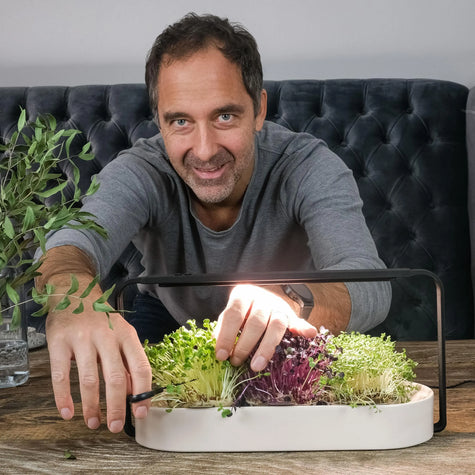6 advantages of natural vitamins over synthetic vitamins

1) Your body can use them immediately
Natural vitamins are bioactive – meaning they are immediately available to your body, while laboratory-produced vitamins first have to undergo a complex conversion process.
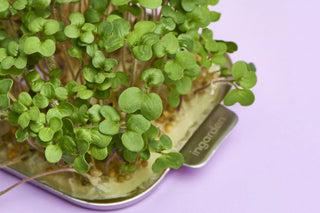
2) Longer-lasting effect, sustainable power
Thanks to plant-based accompanying substances, natural vitamins can be reactivated – meaning your body can use them for longer!
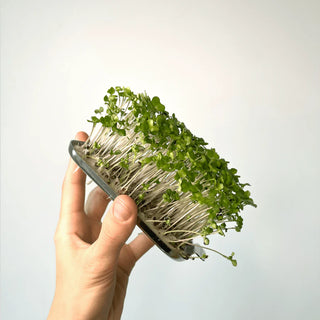
3) More than just a vitamin – true synergy!
Natural vitamins work together with other plant substances to protect, regenerate and energize your cells.
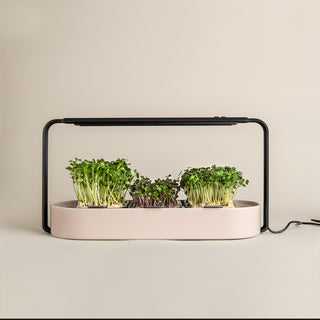
4) No artificial additives, no risks
Unlike synthetic alternatives, natural vitamins are harmless to your health and do not burden your body.

5) Your body absorbs them better
Laboratory vitamins are often excreted unused – natural vitamins from fresh foods are optimally usable and bioavailable .
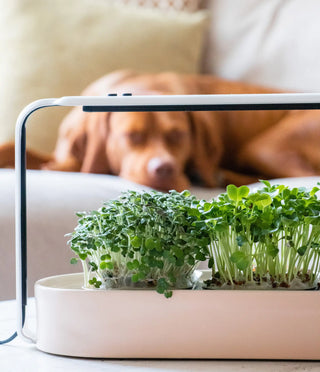
6) Even small amounts are sufficient
Thanks to their biological activity, natural vitamins are effective even in low doses – no need to overdose!
👉 Why rely on artificial nutrients when you can grow the best source yourself? 💚 Opt for real nutrients – with fresh microgreens from your in-garden!
DISCOVER STARTER SETS
Join over 20,000 happy ingardeners
What started as an idea is now growing in thousands of households – maybe soon in yours too?
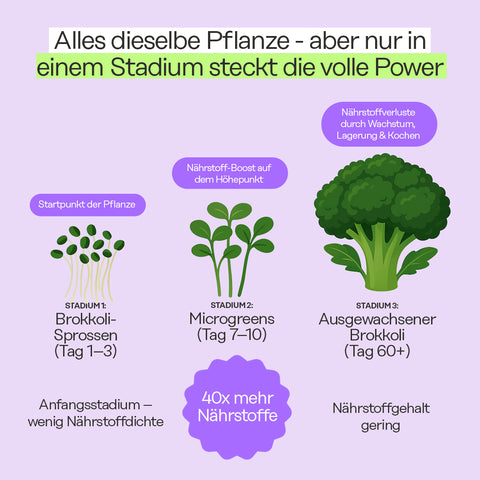
Mini vegetables with superpowers
✔ 40x more nutrients than vegetables
✔ Mold-free & safe
✔ Grows by itself with ingarden
Scientifically proven
Questions? We have answers.
Most microgreens have a higher content of minerals, antioxidants such as beta-carotene and secondary plant compounds than their fully grown counterparts.
These ingredients make it a perfect dietary supplement for female athletes, vegetarians and vegans, or people who care about their personal health.
Many people think that these are the same thing, but that's not the case. Of course, they have some things in common, but there are also many differences.
Sprouts are seedlings that have not yet developed roots or photosynthesized. Microgreens, on the other hand, are plants that have already developed roots and are therefore larger than sprouts.
Microgreens are small-leaved plants typically used as a topping for soups, salads, or other dishes. They have a very intense flavor and often a distinctive color. While sprouts are frequently eaten at a very early stage of germination, microgreens have more time to grow and develop nutrients and flavor.
To make this work, you'll need either soil or a suitable mat made of fleece from which the nutrients can be drawn. You'll also need water and sunlight, of course. Microgreens are then harvested after about 5-7 days and eaten without the roots. The flavor is significantly more intense than sprouts, and the nutrient content is many times higher.
The optimal germination temperature for microgreens varies depending on the type, ranging from approximately 15 to 22 °C. Microgreens thrive at a consistent temperature, which promotes their fastest growth. Higher temperatures can encourage bacterial and fungal growth, while causing the seedlings to dry out more quickly. Lower temperatures may impair water absorption, resulting in slower development and a potential mold problem.
For optimal growth of the microgreens, your ingarden has a built-in timer that provides your microgreens with light for 12 hours, as this allows for an optimal balance between photosynthesis and rest for your microgreens.
Ingarden's microgreens are organically grown and free from pesticides, herbicides, and genetic engineering. All our microgreens come exclusively from trusted sources and have a guaranteed germination rate of 95%.
Microgreens are young plants grown from seeds and are typically harvested within 1-3 weeks. Although small, they are packed with nutrients and have an intense aroma and flavor. While it's possible to include microgreens in a balanced diet, they are unlikely to replace a sufficient amount of vegetables.
Vegetables offer many nutrients, including fiber, vitamins, minerals, and phytochemicals, which are important for health. While microgreens may contain some of these nutrients in higher concentrations than mature plants, they generally lack fiber and a broader nutrient profile.
If you want to replace vegetables with microgreens, make sure you use a variety of types to ensure a broader range of nutrients. It's also important to include other sources of fiber, such as whole grains, legumes, and fruit, in your diet.
Overall, microgreens can be a healthy addition to a balanced diet, but they should not be used as a substitute for vegetables.


